Key Takeaway Table
| Key Point | Description |
|---|---|
|
Fixed Rate Loan
|
Fixed-rate home loans have interest rates fixed for a set period, usually 1-5 years. During this period, borrowers are protected from rate increases. Borrowers can refix, refinance, or restructure the loan after this period. If no action is taken, the loan rolls over to the standard variable rate, making it ideal for those seeking stability.
|
|
Variable Rate Loan
|
Variable-rate home loans are common in Australia. This type of loan has interest rates that change depending on the cash rate set by the RBA and other factors. Variable-rate loans offer flexibility for additional repayments and can help borrowers save money when rates decrease. However, when rates rise, lenders usually pass these increases on to the borrowers.
|
|
Split Rate Loan
|
A split home loan allows customisation by dividing your loan into fixed and variable parts. The ratio can vary (e.g., 50:50 or 60:40), which the borrower can choose based on personal preference, market conditions, or financial goals. Split-rate loans are ideal for those who want the combined benefit of certainty around their payments and the capability of making extra repayments.
|
|
Interest-Only Loan
|
Interest-only loans let borrowers pay only interest for a set period (usually 1-5 years), the benefit is improved cash flow. After this period, it converts to a principal and interest loan, resulting in larger monthly payments. This loan is suited for investors maximising cash flow and prioritising the reduction of non-deductible debt.
|
|
Bridging Loan
|
Bridging loans are short-term loan solutions that bridge the gap between buying a new property and selling an existing one. Typically lasting around 6 months, they're useful when a borrower is trying to secure a home in a competitive market or when they’re facing delays in selling their property.
|
|
Construction Loan
|
Construction loans are specialised loans that cover home construction and significant renovations. This type of loan allows borrowers to draw down funds in stages as construction progresses, unlike regular home loans that pay out the whole lump sum in one go.
|
|
Non-conforming Loans
|
Non-conforming loans are designed for borrowers in unfavourable financial situations, such as those with bad credit. Non-conforming loans have lower approval criteria but higher rates and can come with risk fees.
|
|
Low-Doc Loans
|
Low-doc loans cater to self-employed applicants unable to provide full financial documents. This loan is suited for those with less-than-ideal difficulty producing required documents, like self-employed individuals. Higher interest rates and less favourable terms may apply due to the reduced income verification.
|
|
SMSF Loans
|
SMSF loans, or Self-Managed Super Funds, allow borrowing to purchase investment properties under strict Australian law conditions. Limited to property purchase, this type of loan does not cover the expense of developing, improving, or maintaining a property. Individuals considering this loan type can benefit from advice from financial and legal professionals.
|
|
Tips on Choosing the Right Home Loan Type
|
To choose the right home loan type for your situation carefully assess your financial capacity and how much you can allocate to the deposit and your monthly repayments. Research home loan types and compare their terms and their pros and cons. Be sure to consider your long-term financial decisions and make sure your loan choice aligns.
|
Australian lenders offer a wide variety of loan types for aspiring homeowners and investors. Each loan type works differently and can be beneficial for different circumstances. That’s why if you’re looking for a home loan, it pays to know what your choices are. This article will take a look at some of the home loan types offered in Australia.
Types of Home Loans in Australia

Fixed Rate Loan
Fixed-rate home loans have interest rates fixed for a certain period. In Australia, lenders typically offer fixed periods of 1-5 years. After the initial period, lenders will usually give borrowers the option to refix the loan, which means the borrower will choose another fixed rate and term with the lender. Borrowers also have the option to refinance or restructure the loan after the period. If the borrower doesn’t do anything after the set period ends, the loan will simply roll over to the standard variable rate.
Fixed-rate home loans are best for homebuyers who plan to stay in their homes long-term. They can benefit the most from the security of a fixed rate, and they won’t have to worry about paying break fees since they don’t plan on selling their homes any time soon.
Fixed-rate loans are also beneficial when interest rates are predicted to rise. For borrowers, fixing the interest rate of their loan before a predicted rate hike can protect them from increased repayments.

Variable Rate Loan
Variable-rate home loans are the most common mortgage type in Australia. These loans have interest rates that move up or down based on different factors. The factor that influences variable rates the most is the cash rate determined by the Reserve Bank of Australia (RBA). The RBA may raise or lower the cash rates depending on economic factors, which can directly affect the interest rates of banks and other lenders. Lenders can also adjust their rates to compete with other banks or to gain more revenue.
Variable-rate loans can help borrowers make big savings whenever the interest rates fall. Moreover, borrowers can make additional repayments without penalty, which can decrease the total loan term and total interest repaid over the life of the loan significantly.
Conversely, when the rates rise, variable rates also rise, which can strain borrowers’ finances. That’s why this type of loan is best for those with higher risk tolerance and for those who plan to sell or refinance their home in a few years, which would make a fixed loan unsuitable.

Split Rate Loan
A split home loan allows you to divide your loan into one part fixed rate and one part variable rate. You can customise your loan by choosing how to split it. For instance, you can split it straight down the middle at 50% fixed and 50% variable rate. However, depending on the market condition or your financial goals, you can choose a 60:40 or 70:30 ratio or any division allowed by the lender.
Split home loans are best for those seeking both stability and the flexibility to make extra repayments or hedge their bets on interest rates. If the interest rates rise, the fixed portion of the loan is protected. Meanwhile, if the rates decrease, the variable portion of the loan is affected, resulting in lower repayments.

Interest-Only Loan
Interest-only loans allow borrowers to pay only the interest of the loan for a set period. For this period, the homebuyer can save a significant amount of money since they’re not paying the principal but the major benefit is improved cash flow. However, after the set period (usually 1-5 years), the loan will roll over to a regular principal and interest loan.
Once the interest-only period ends, the monthly repayments become larger as they include the principal repayments, so homeowners must be prepared for the jump in payments. Interest-only loans are best for investors who want to maximise cash flow and potentially prioritise the reduction of their non-deductible debt, like the mortgage on their owner-occupied home.

Bridging Loan
A bridging loan is a short-term solution borrowers can use to bridge the gap between the purchase of a new property and the sale of an existing one. This short-term loan usually has a term of around 6 months depending on the lender, and the interest rates are typically higher. This type of loan is useful for buyers who need to act quickly to purchase a property in a competitive market or those facing delays in selling their existing property.

Construction Loan
Construction loans are specifically designed for building a new home or taking on renovations. Unlike regular home loans where the lender provides a lump sum, this type of loan allows borrowers to draw down on the loan balance. Funds are typically drawn down in stages as the construction progresses and the loan will convert to a variable loan at completion.

Non-conforming Loans
Non-conforming home loans give non-traditional borrowers the chance to own a home. It is designed for those who do not meet the standard lending criteria of mainstream lenders like banks. This type of loan caters to those with unfavourable financial situations, like those with a bad credit history, low credit score, irregular income, self-employed individuals without traditional proof of income, or those who have previously been bankrupt.
Lenders who allow this type of loan have lower approval criteria, but they will charge higher rates and offer shorter terms to offset the risk of lending.

Low-Doc Loans
Low-documentation or low-doc loans are designed for self-employed borrowers who cannot provide the standard documents and proof of income required for a traditional loan.
Income verification for low-doc loans could be evidenced by BAS, or simply an accountant’s letter declaring income.
Interest rates for low-doc loans are typically higher reflecting the higher risk with a lower level of income verification.

SMSF Loans
An SMSF loan, or Self-Managed Super Fund loan, is a type of loan used by SMSFs (Self-Managed Super Funds) to purchase investment properties.
SMSF loans enable SMSFs to borrow money for buying investment properties, under specific conditions set by Australian law. The process and rules for SMSF loans are also strictly regulated by the ATO and other financial authorities.
SMSF loans are limited to the purchase of the property only. Any costs related to renovation, remodelling, development, or maintenance are not included.
Because of the loan’s complexity, individuals considering an SMSF loan can benefit from seeking advice from financial and legal professionals.
Tips for Choosing the Right Home Loan
Choosing your home loan type will depend on a few factors, including your current financial circumstances, your needs, and future goals. Here are some tips that can help you when making a decision:
- Understand Your Financial Situation: Evaluate your current financial situation, including your income, expenses, and outstanding debts. Consider your credit score, as it plays a crucial role in determining what interest rates you’ll get from lenders. A low credit score will also limit your options when it comes to lenders since creditworthiness is a crucial requirement when applying for loans.
- Research Loan Types: Familiarise yourself with the various types of home loans available. Compare how each loan works and determine which one fits your specific needs.
- Determine Your Budget: Calculate how much you can afford to borrow and what monthly payments fit within your budget.
- Deposit: Determine how much you can afford to contribute as a deposit. A higher deposit can lead to a lower loan which should mean lower monthly payments and potentially better interest rates because of a lower loan-to-value ratio (LVR).
- Future Planning: Consider your long-term plans. If you plan to stay in the home for a short period, a variable-rate mortgage might be suitable for you. If you plan to stay long-term, and you wish to guard against potential interest rate rises increasing your repayments, a fixed-rate mortgage could provide the stability you’re seeking.
- Consult with a Mortgage Professional: Seek advice from mortgage professionals like Darkhorsefinancial.com.au. Experts can provide you with personalised guidance based on your financial situation and goals.
Choose the Right Home Loan Type For Your Needs
Selecting the right home loan type can help you manage your finances effectively and save money in the long run. If you need help determining which one is right for you, loan experts can help you assess your situation and point you in the right direction. Contact us today to start your home loan journey.









